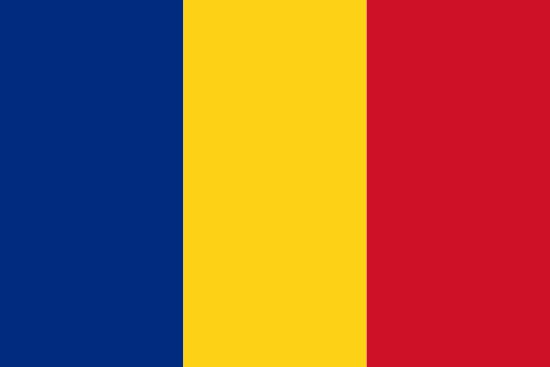"Poarta Deltei Dunării | The Gateway to the Danube Delta"
About:
Tulcea, a city in Romania, was founded in the 7th century BC by Greeks as Aegyssus. It was later controlled by the Romans and Byzantines. In the 14th century, it was under Genoese rule, followed by Ottoman control until 1878. It became part of Romania after the Russo-Turkish War. Tulcea was heavily bombed during World War II, causing significant damage. Today, it's a cultural and economic hub in the Dobrogea region, known for its rich history, diverse population, and as the gateway to the Danube Delta.
When to visit:
Tulcea, a charming city in eastern Romania, welcomes visitors year-round with its rich history and picturesque landscapes. However, the best time to visit Tulcea for a holiday is during the spring and early summer months from April to June. This period offers pleasant weather with blooming flowers and lush greenery, perfect for exploring the Danube Delta and its diverse wildlife. Additionally, the summer months of July and August are popular for outdoor activities and boat tours, but be prepared for warmer temperatures and higher tourist crowds.
When to avoid:
Tulcea, a city in southeastern Romania, experiences its least favorable travel conditions during the winter months, particularly in December and January. The region is prone to cold, damp weather during this time, with temperatures often dropping below freezing. Strong winds and occasional snowfall can make outdoor activities uncomfortable and limit sightseeing opportunities. Travelers seeking a more enjoyable experience in Tulcea are advised to plan their visit during the warmer seasons of spring and summer.
Winter (Dec-Feb)
In Tulcea, Romania, the coldest part of the year is from late November to late February. Average high temperatures are around 4°C, with lows dropping below -1°C. Snowfall is common, giving the city a picturesque winter wonderland look. The wettest period is June, with an average rainfall of 70mm. Cloud cover is significant throughout these periods, with limited sunlight hours, especially in winter. An average day for a visitor during these times would involve bundling up against the cold or rain, with indoor activities preferred.
Summer (June-August)
Tulcea, Romania experiences its warmest part of the year from June to August, with July being the hottest month. During this period, the average high temperature ranges from 28°C to 31°C (82°F to 88°F). The city receives moderate rainfall, with July being the driest month and averaging about 30mm of precipitation.
The sunlight is abundant, with an average of 10 to 12 hours of daylight per day. Humidity is typically lower during these months, ranging from 60% to 70%, providing a comfortable atmosphere for outdoor activities. Cloudiness is also less common in summer, resulting in clearer skies.
A typical day for a visitor during this time would involve warm, sunny weather with clear skies, perfect for sightseeing and exploring the city. The heat can be intense around midday, so it's advisable to stay hydrated and wear sun protection. Evenings are typically warm and pleasant, great for strolling around the city or dining al fresco. Despite the occasional summer showers, the rainfall is usually short-lived and doesn't significantly disrupt outdoor activities.
Language:
In Tulcea, a city located in the Dobruja region of Romania, the most commonly spoken language is Romanian. This is the official language of the country and is used in all aspects of daily life. There are also communities of Turkish and Tatar speakers, due to the historical influence of the Ottoman Empire in the region. Additionally, English and French are taught in schools and used in tourism.




